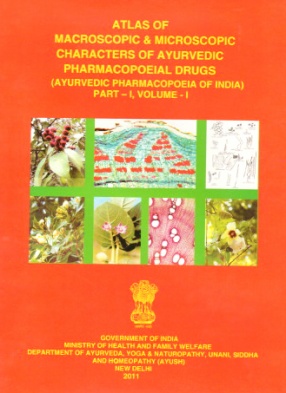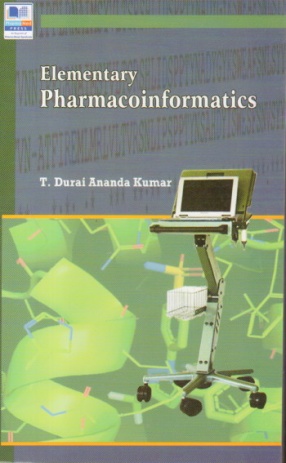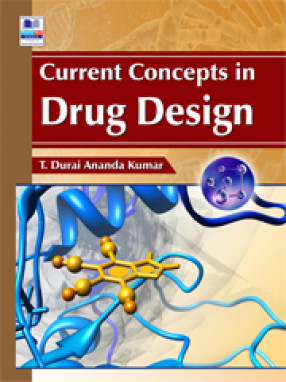Elementary Pharmacoinformatics
Pharmacoinformatics is an informatics based discipline concerned with the information design discovery and development of drugs using high performance computing and graphic tools. This material covers principles and applications of health informatics cheminformatics and bioinformatics. It comprehensively covers the current advances and in silico strategies used in drug information and drug design. Each of 29 chapters reviews the concepts of pharmacy automation mechanistic drug design and bioinformatics. The book avoids the use of high level descriptions to convert the subject interesting. The concise source of information will be of immense benefit to the learning community of pharmacy, bio-technology, biomedical engineering and other interdisciplinary fields.
Contents: 1. Databases. 2. Data mining. 3. Search machines. Patient centric. Pharmacoinformatics. 4. Drug information. 5. Pharmacy automation. Drug research. 6. Drug discovery. 7. Drug development. 8. Drug design. 9. Quantitative structure activity relationship (QSAR). 10. Virtual screening. 11. Target identification. 12. Molecular modeling. 13. Docking. 14. Arguslab. Bioinformatics. 15. Biological databases. 16. Biophysical techniques. 17. Moleculat biology. 18. Homology modeling. 19. Sequence similarity. 20. Dot matrix. 21. Dynamic programming. 22. Heuritistic method. 23. Sequence comparison methods. 24. Phylogenetic analysis. 25. Gene prediction. 26. Scoring system. 27. 3D Structure Prediction using Swiss model. 28. Molecular visualization. 29. Receptors. Glossary.
Get it now and save 10%
BECOME A MEMBER
-

Rasayogaratnakaramu: Rasa Yoga Ratnakaramu
-

Atlas of Macroscopic & Microscopic Characters of Ayurvedic Pharmacopoeial Drugs: Ayurvedic Pharmacopoeia of India, Part-I, Volume I
-

Classification of Unani Drugs: With English and Scientific Names
-

Simplest Remedies for All Diseases: Simple Solution of Everybody's and the World's Medical Problem




Bibliographic information